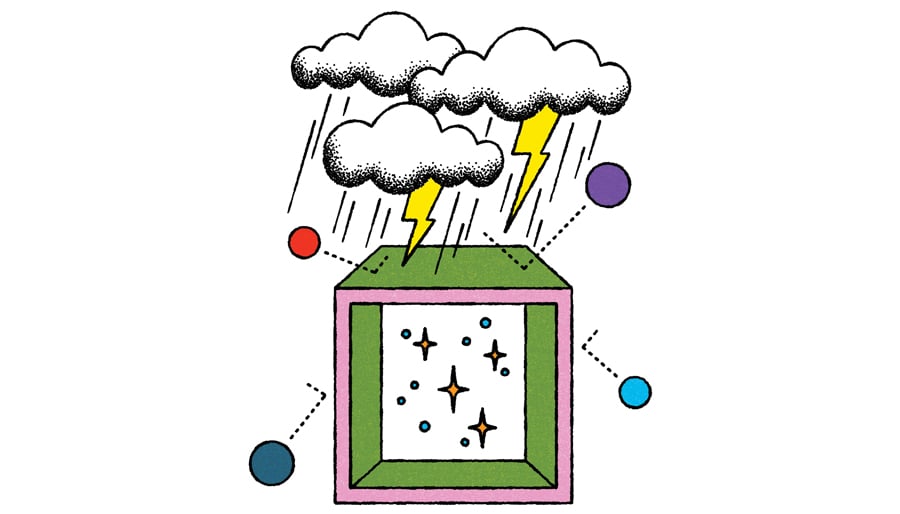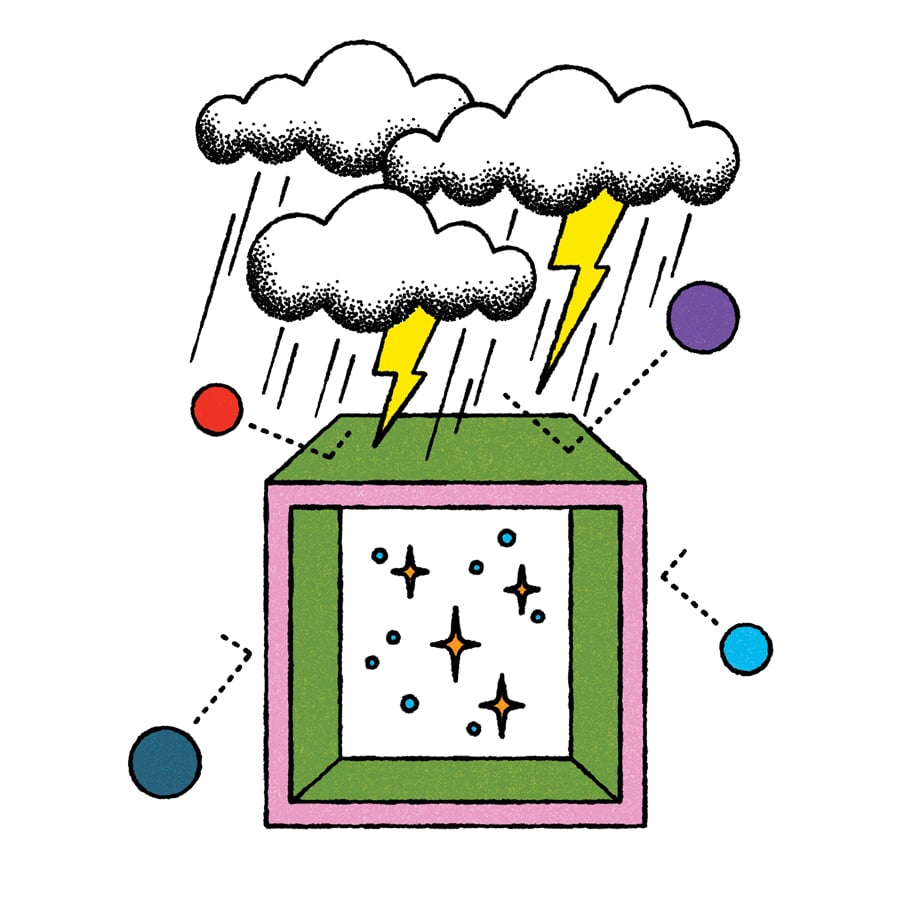
January 16, 2019
Sustainability Glossary: Resilience
As part of the Metropolis Perspective: Sustainability special issue, we asked experts to provide refreshed definitions of key sustainability concepts.

Resilience has become the dominant paradigm in urban planning and design because it gives a framework to confront the complexity and uncertainty of challenges like climate change, urbanization, and inequality. The concept has become instrumental in fostering collaboration among policymakers, scientists, businesses, community leaders, and others taking action to face these challenges.
At the Center for Resilient Cities and Landscapes, we trust the scientific consensus that replicating current patterns in the built environment will accelerate irreversible destruction of the ecosystems on which we all depend. We understand that the business-as-usual approach continues to leave the poor and vulnerable at risk from natural and man-made disasters. If we are serious about creating more resilient cities and landscapes, we need to not only design better buildings and infrastructure; we need to change the institutions that carry out these projects.
I came to the concept of resilience gradually during my career. As a young architect making maps for the New York City Office of Emergency Management after the September 11 attacks, I began to understand the built environment as a complex system continually adapting to changing circumstances, composed of people and institutions as much as concrete and steel. Later, as an urban designer at New York City’s Department of City Planning, I worked with my colleagues to have honest conversations about adapting to climate change. Then after Hurricane Sandy I witnessed a new kind of leadership emerging in affected communities—one that embraced complexity, was reflective and anticipatory, defied traditional boundaries, and was radically action oriented while holding a long-term vision.
When a concept has been adopted by so many so quickly, however, there is a danger that it will be misrepresented. Some understand “resilience” to mean only maintaining the status quo after disruption. For instance, it has been used to describe a set of architectural strategies to better manage urban flooding. But this narrow definition misses two major aspects of resilience thinking. First, resilience requires us to consider problems and deploy solutions at multiple scales. Second, it fails to recognize what former Rockefeller Foundation president Judith Rodin described as “the resilience dividend,” in which the process of better managing risk leads to multiple benefits. This is why resilience has become so important and exciting for the next generation of planners and designers. In adapting to the shocks and stresses of the 21st century, we hope to find the opportunity to make a better world for everyone.
THADDEUS PAWLOWSKI is an urban designer, a researcher, and a professor. He is also the managing director of the Center for Resilient Cities and Landscapes at Columbia GSAPP.
You may also enjoy “The Architecture Lobby Launches Case Studies of Fair Labor Firms.”
Recent Viewpoints
Viewpoints
Sustainability News Updates for Q2 2025





